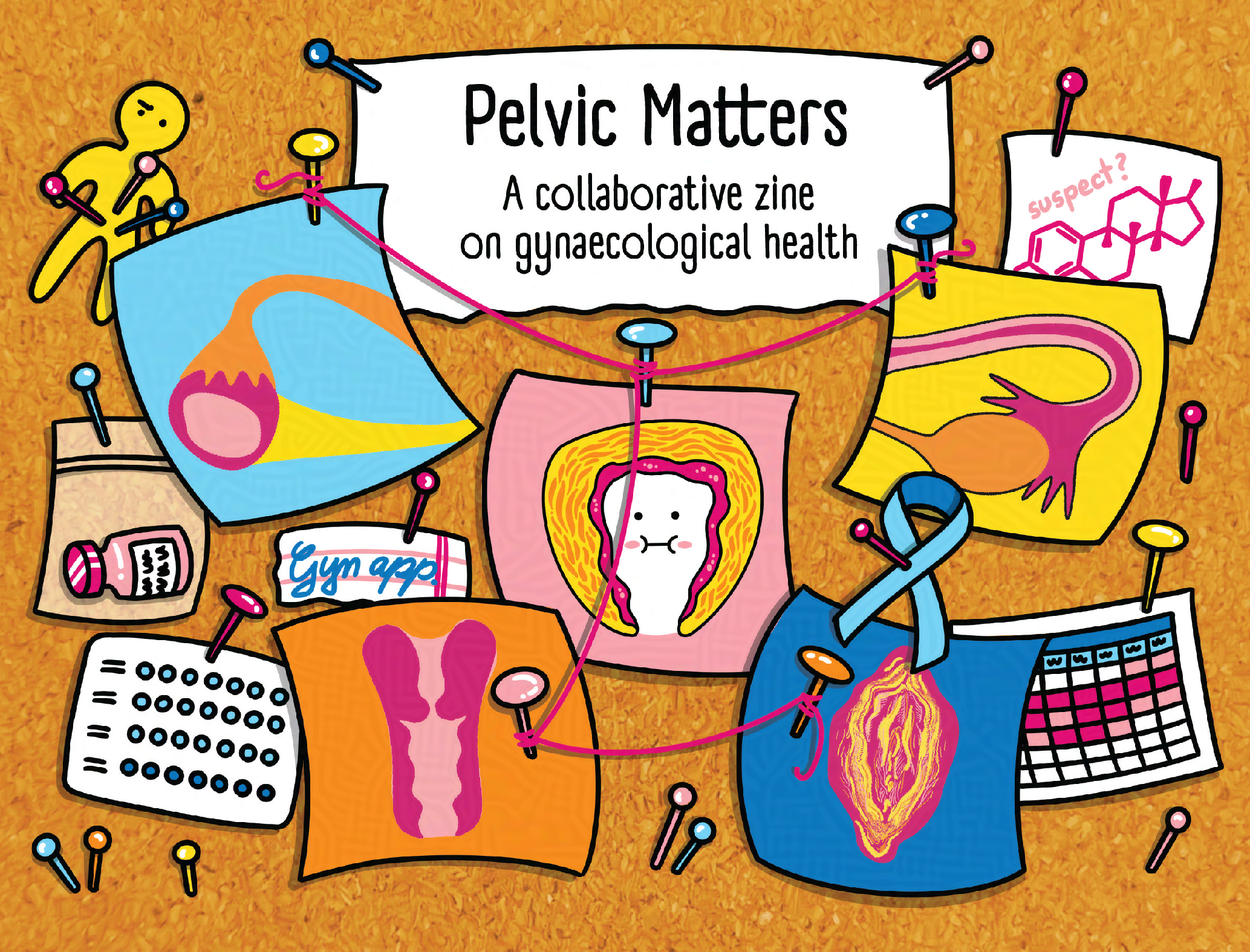Created by early-career researchers at the Wellcome Genome Campus, Pelvic Matters is a pocket-size booklet that distils peer-reviewed science into clear illustrations and concise text. Inside you’ll find essential facts on female reproductive anatomy, the menstrual cycle, contraception, menopause and conditions such as endometriosis, polycystic ovary
syndrome, and vulvodynia, all in a format that is easy to carry, read and share.


